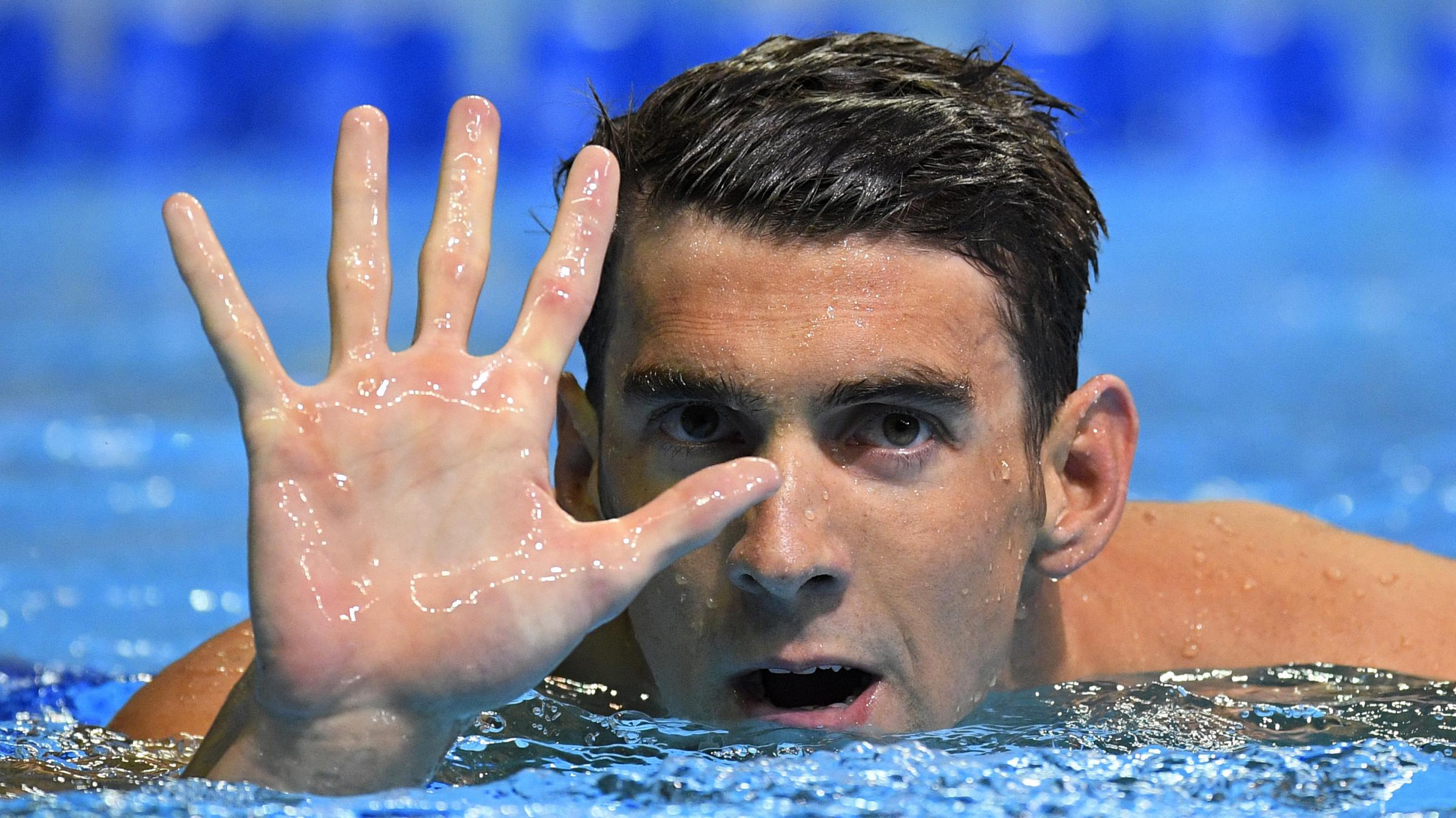I feel like it is rare that I get to say this, but there has been huge news in the world of swimming. Much like every single other facet of our lives right now the swimming world (and sports world in general) has been shaken by the COVID-19 disease. It was just recently announced the Olympic is being moved to 2021. While basketball, football, baseball, and any other number of sports have their big crowning competition every year, swimming only has its internationally crowning competition once every four years. Yes, swimming does have a world championship every other year, but many top athletes don’t take it anywhere close to as seriously as they do the Olympics. So the Olympics moving is perhaps the single biggest thing to happen to the swimming world since (maybe) the 8 gold medals that Michael Phelps won in 2008.

The effects of this move are very hard to foresee so soon after the announcement, but at a minimum, you can do the math and figure out that it will significantly help the younger athletes hoping to make the team and hurt the older athletes hoping to make it. The biggest name that comes to mind is Ryan Lochte who announced he was going to try to make the team in 2020. Lochte is already incredibly old for an elite swimmer, and it will be interesting to see how he handles one more year of training before trying to make the team. On the other hand, it will definitely help people who are on the younger end of the spectrum. For example, Keiren Smith. Keiren is a sophomore in college at the University of Florida. He had a break out season at SECs this year. He broke a national record and looked poised to swim even faster at NCAAs. At the rate that he is improving, it is scary to think what he may be able to do with another year of college training under his belt.
Another thing that is really interesting to think about is drug suspensions. There are always athletes who are getting suspended from competition for using PEDs. What happens to the athletes who were banned recently, and now will get to serve out there the whole suspension and still get a shot at making the Olympic team? Or on the other hand, with non-life sustaining businesses all staying home
right now, might some athletes be tempted to use banned substances hoping that they won’t get tested?

I am also personally fascinated to see how people bounce back from this long hiatus. Swimmers all across the country are looking for new ways to train. Olympic hopeful Michael Andrew just announced that he was doing 4-5 hour surfing sessions to stay in shape.












